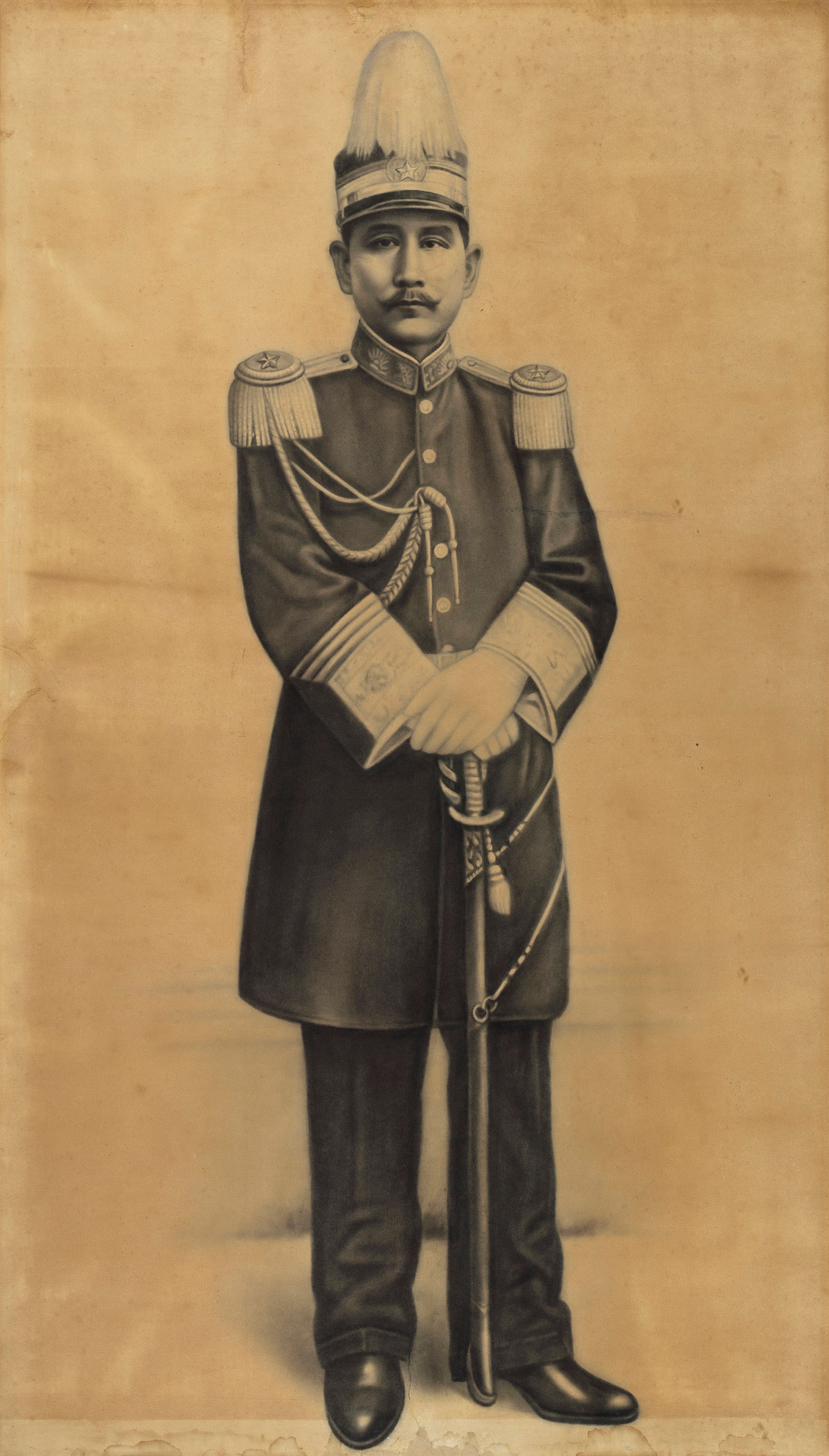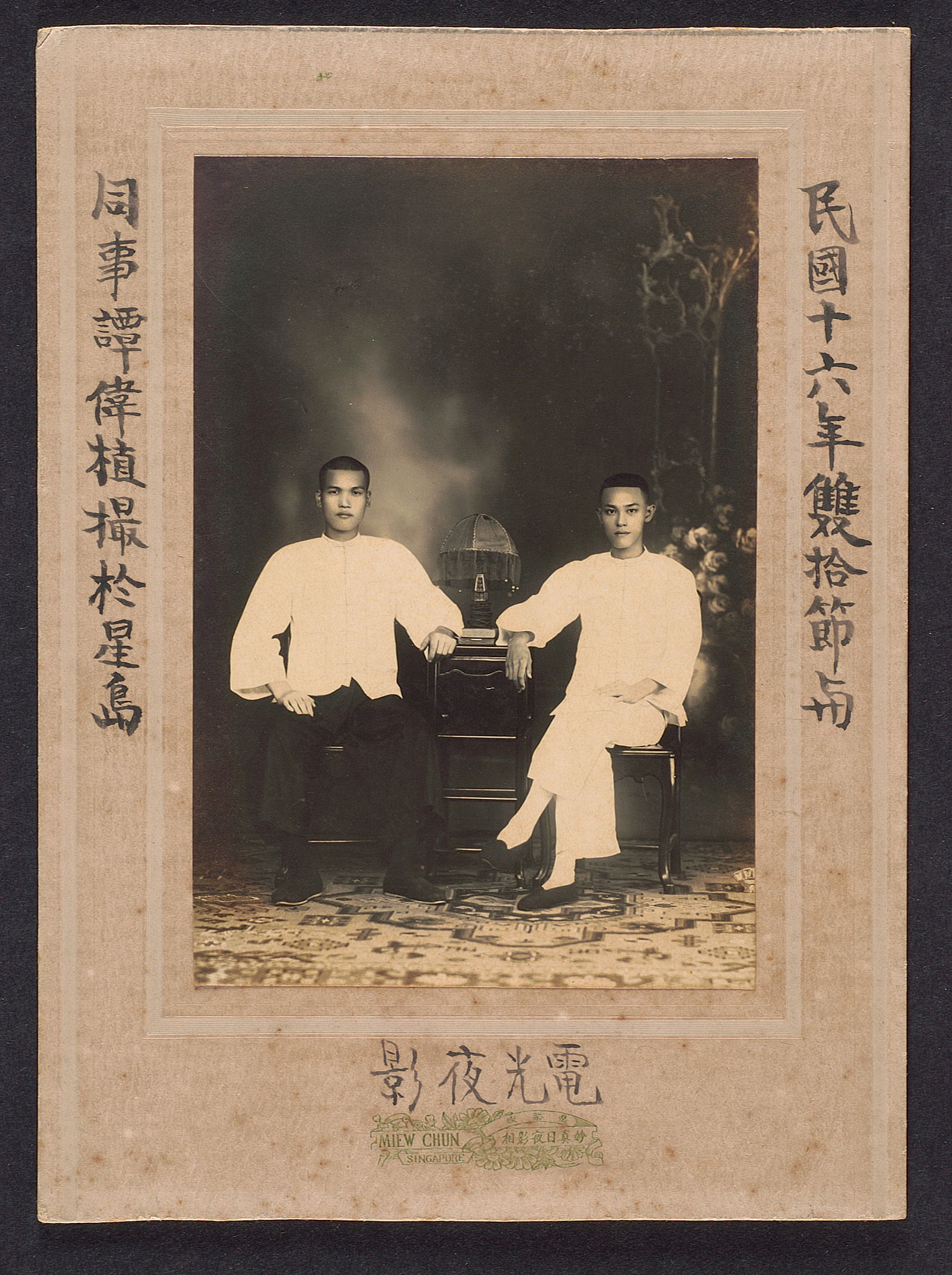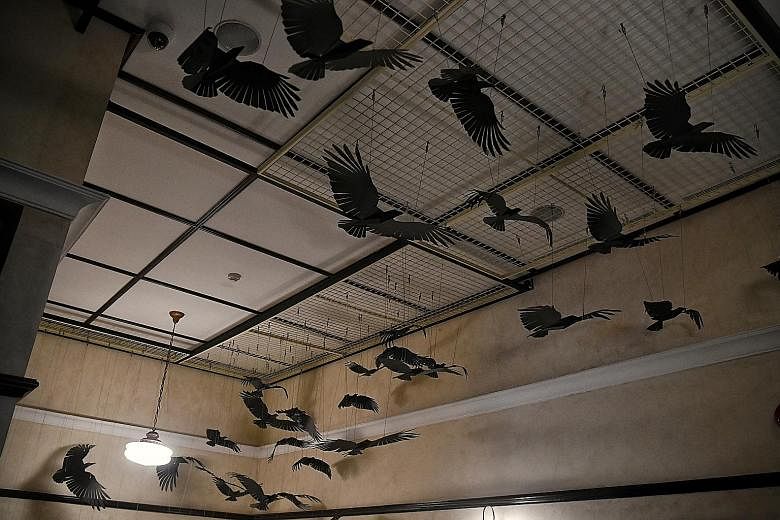TO SUN YAT SEN, CROWS WERE NOT A BAD OMEN
An installation of 40 crows leads from the first to second storey of the building.
It references a story of 100 crows flying into the building a day after Dr Sun Yat Sen set up the Tongmenghui, or the Chinese Revolutionary Alliance, which sought the support of Chinese communities worldwide to overthrow the emperor.
Refuting suggestions that the crows augured misfortune for the society, Dr Sun, a medical doctor, pointed to the torrential rain outside and the crows' need for shelter.
Memorialising how Dr Sun was rational and not superstitious, the installation represents his ability to lead men from darkness into light.

A TIME WHEN WOMEN'S FEET WERE BOUND
A new interactive element shows just how small the ideal Chinese woman's feet were at a time when foot-binding reflected a family's virtue and class.
The practice, which was prevalent during the Qing dynasty that lasted from 1644 to 1912, involved binding girls' feet with cotton cloth when they were five or six to restrict their growth.
Singapore's Chinese families followed suit, and bones were sometimes broken in the pursuit of "beauty" and to exhibit the status of the family, since its women were unable to work outside.
The later Qing period saw anti-foot-binding associations such as the Natural Feet Society set up, and community leaders here such as Lim Boon Keng were vocal in attacking the practice as obsolete.

FATHER OF THE CHINESE NATION
A portrait (left) of Dr Sun in military attire, the likes of which were hung in clan associations and shops in early 20th century Singapore and Malaya.
Singapore Chinese were among the first Chinese communities globally to proclaim Dr Sun as "guo fu", or father of the Chinese nation.
A photograph dated 1947 near the portrait in the museum shows a group of clan leaders taking their oaths in front of the portrait of the founding president of the Republic of China.
This loyalty towards China would not wane until the post-World War II period, after the communists took power in 1949.

MARKING DOUBLE TENTH DAY IN SINGAPORE
A 1927 portrait (left) of two Chinese men taken on the 16th anniversary of Double Tenth Day - Oct 10, 1911, when the Chinese revolution started.
Chinese photography studios in Singapore often gave discounts on Double Tenth Day to celebrate the founding of the Republic of China, and Singapore Chinese joined in the celebrations.
The dating system indicated in the calligraphy in the margins shows how the Chinese marked a new epoch as a republic, with 1911 as year zero in its radical break from its years under monarchical rule.
Clement Yong


